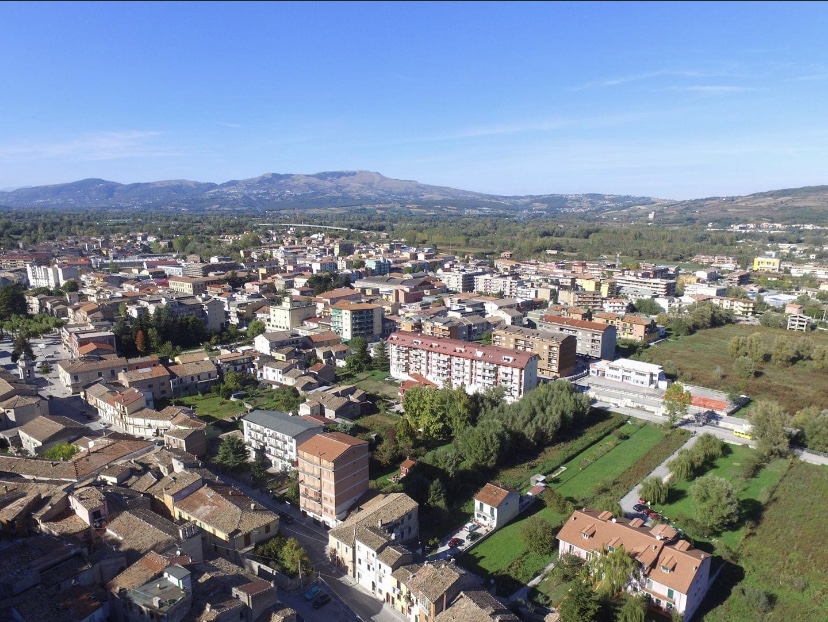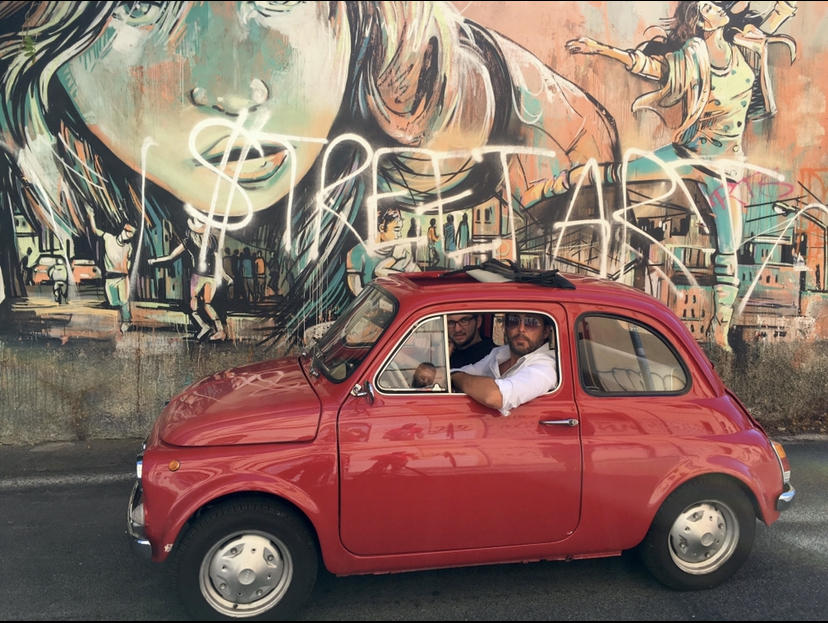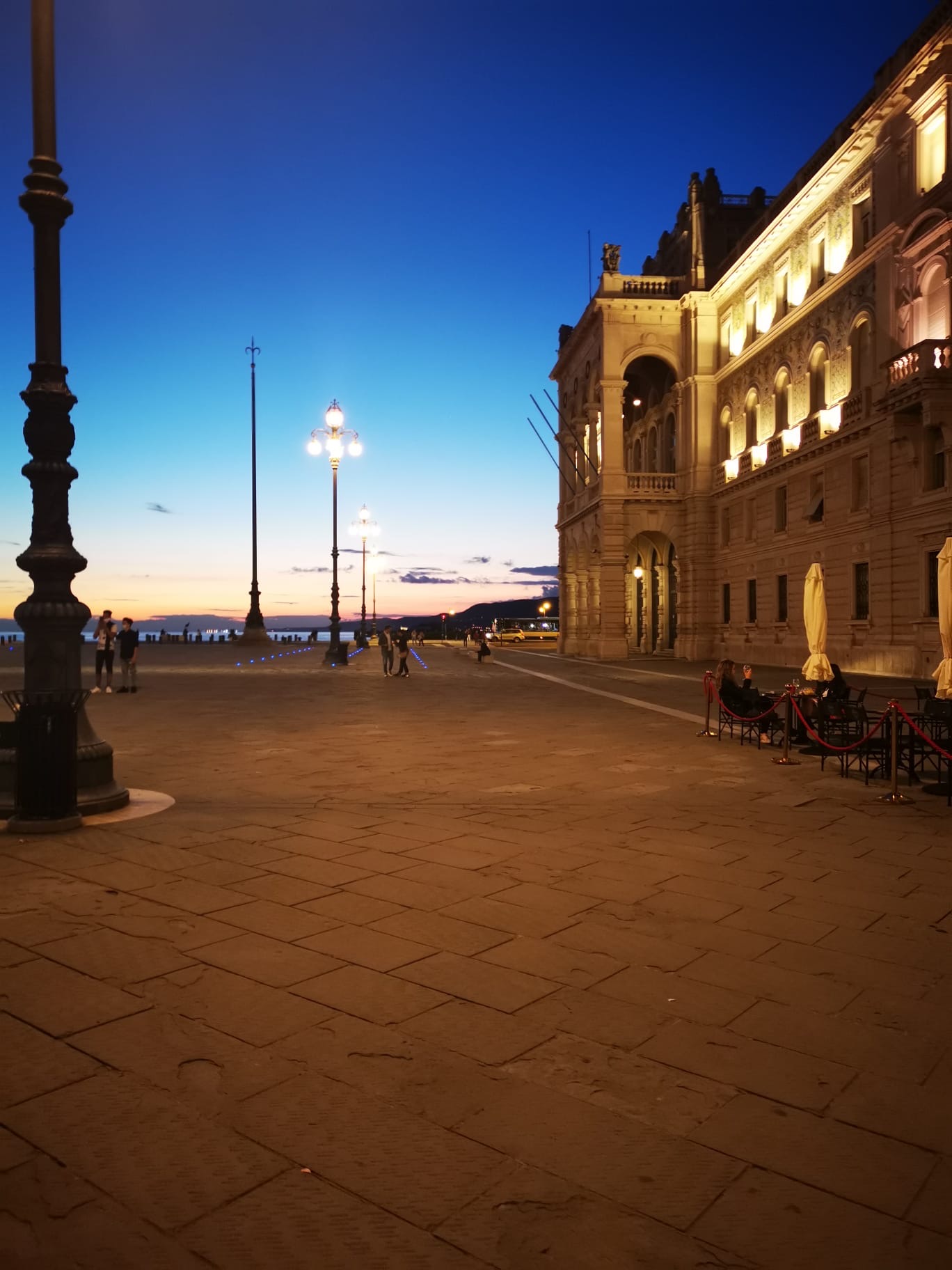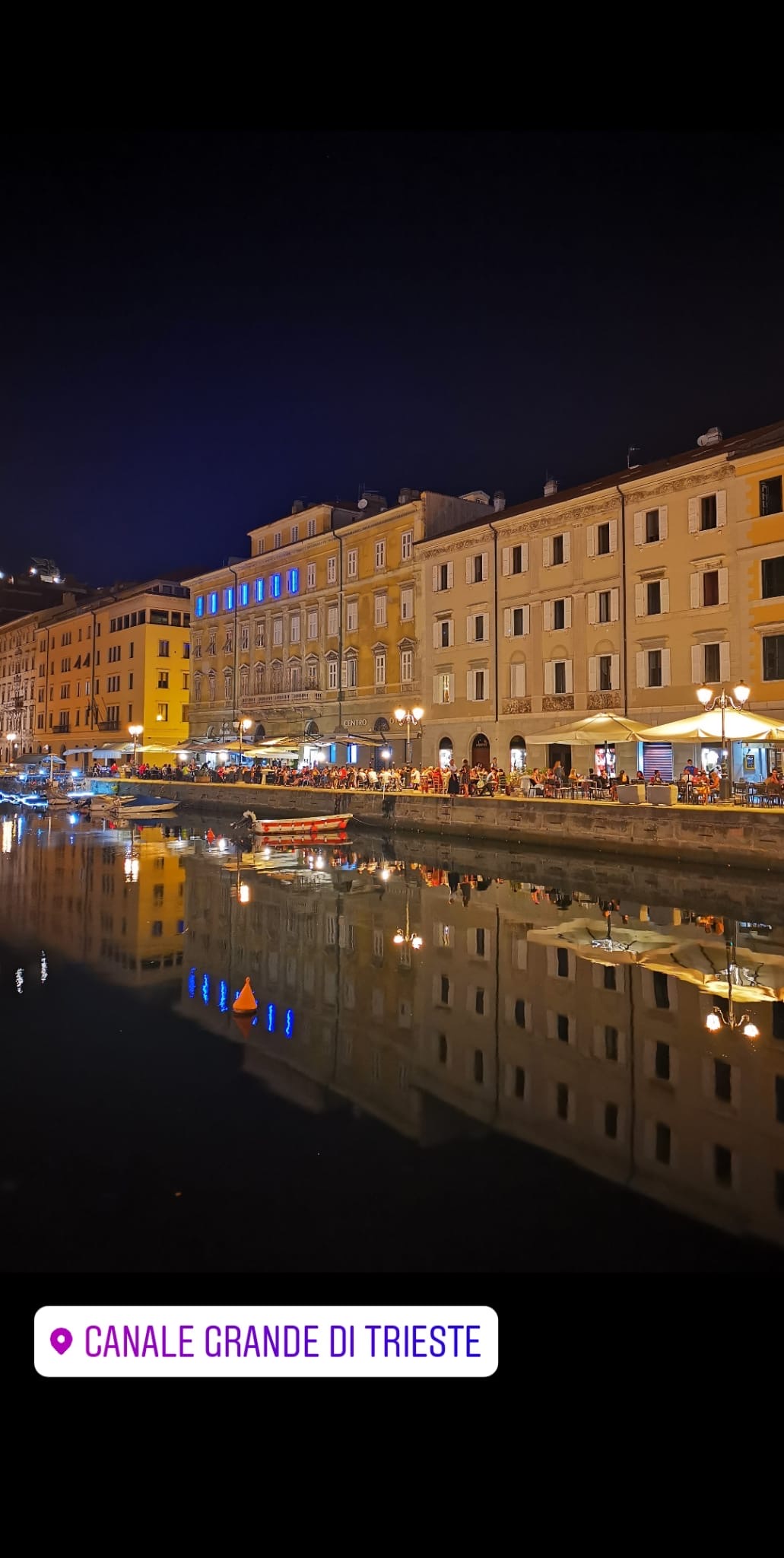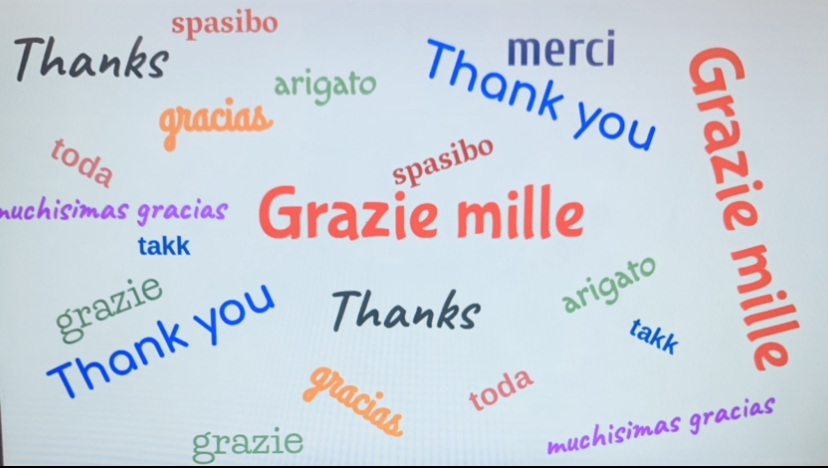
Although this year has been a very tough one for many of us, that doesn’t mean that we have to be consumed by despair. It is all too easy to give in to negative feelings and to let it fester in us until it becomes downright depressing. When I saw a post by a fellow language teacher, Samara Spielberg (@SamaraSpielberg on Twitter), in which she explained that she would be participating in a 30-day gratitude challenge that she had created with her students, I was immediately taken by the idea. What a great idea! This can be both educational and restorative. It’s not that I hadn’t discussed gratitude in my language classes before, but this year it seems as if we could certainly benefit from this so I decided to do something very similar with my students in an effort to help them better their language skills and to boost our morale in these very uncertain times.

At first, when I started to think about what kind of blog post I was going to work on this weekend, I had a bit of a block. I had a bunch of ideas but not sure any of them were exactly what I was feeling this week and then I had a thought, what if I did something similar to what I was asking my students to do but with a bit more focus? And so this is how I decided to make my own 30-day Italian-American Gratitude Challenge; focusing on the things that I am grateful for. My goal is to post every day in November and my hope is that I will come out of this experience refreshed and appreciative of all I have – a kind of soul reboot in a time when things seem like they can go either way. If you’d like to join me in this challenge, I’d be honored to read your comments.

First and foremost, I have to be thankful for everything that I have and everything that I am because of my family. Their influence, whether positive, negative or somewhere in between, has shaped the person I am. Nobody is perfect but everyone plays a role.
Although not all of my ancestors came from Italy, the ones that did had the strongest influence on me. I felt closest to my maternal grandparents, who had emigrated to the United States in the 1950’s. When I was younger, I would spend a few weeks every summer with them. My grandmother would cook and cook and then cook some more. My grandfather would teach me how to recognize all the plants in his garden (he grew everything) and I would help him to gather the tomatoes, cucumbers, peppers, figs or whatever happened to be ripe at the time. You could never go hungry in that house!
Aside from all the eating, I would play Italian cards, watch tv with them, go for walks with my grandfather and listen to their endless stories of Italy and how they came to America. My grandmother was so proud of me when I wrote a story about her coming to America while I was in elementary school. “My grandson – he wrote the book, ” she would tell people. It was probably no more than one page but she was proud nonetheless. My grandparents had sacrificed and worked hard to create a new and better life for their family. Although their sacrifices might have seemed to be of immediate necessity, their dedication to their family was something that would live on longer than them and hopefully continue throughout all generations to come. My grandmother does have a very interesting story and if you’re interested, check out another post of mine – Our family lives on in their stories.
I always knew that my Italian heritage was important to me. It was, and still is, a large part of who I am. My decision to study Italian in college was not a whim- it was a necessity for me. I wanted to be closer to my heritage and I felt as if I couldn’t fully appreciate it until I immersed myself in the language and traveled to the land of my ancestors. When I first set foot in Italy during my first study abroad experience, I was flooded with emotions I never even knew I had.
Having a family of my own was never a question for me. Sharing my love for all things Italian was just as important to me. It was not long after I began dating my wife, Teresa, that I knew she would be the perfect match for me. She was a first-generation Italian-American, she spoke Italian and shared a love of all things Italian. Although we can be very different, we share the same core values and that’s why our family is so strong.
Teresa’s family welcomed me into their family right away as one of their own – even before we were married. I can honestly say that I have never felt an outsider when I am with them. When I was studying in Italy, I had even gone to stay with some of her family without ever meeting them! They never questioned anything. All they had to know was that Teresa and her family in America trusted and accepted me. It could have been awkward but for some reason, it never felt that way.
My own Italian cousins, who I had not grown up knowing, had also welcomed me as if I had always been a part of their family. I was lucky enough to stay in the town my grandmother grew up in and to be able to visit my grandfather’s hometown as well. And thanks to social media and technology, we are able to stay connected.
I had never seen my grandparents as happy as they were the day of my wedding. It was as if they had understood then how all of their sacrifices had paid off with interest. When my grandmother would later be able to meet my own children, she would often tell me that she never imagined she would meet her great-grandchildren with such pride in her eyes. I am sure that my grandfather would have felt the same if he were here when they were born. Now that they are no longer here, it seems increasingly more important to me to write their story so that it can be recorded forever and will be passed on to my children and hopefully, their future generations.

My grandparents walking into the hall at our wedding 
My grandmother at Nico’s communion 
Nonna Angelina gets kisses from her great-grandchildren
When my sons were born, I never imagined that I would have been able to feel so much without bursting. They are the reason that I work as hard as I do. I imagine that my grandparents, parents and in-laws felt the same when they began their families. You don’t have to be rich or famous to have a family but having the one I do makes me feel as if I won the lottery. I couldn’t be richer than this.

Volterra, Italy 2017 
Québec, Canada 2019





